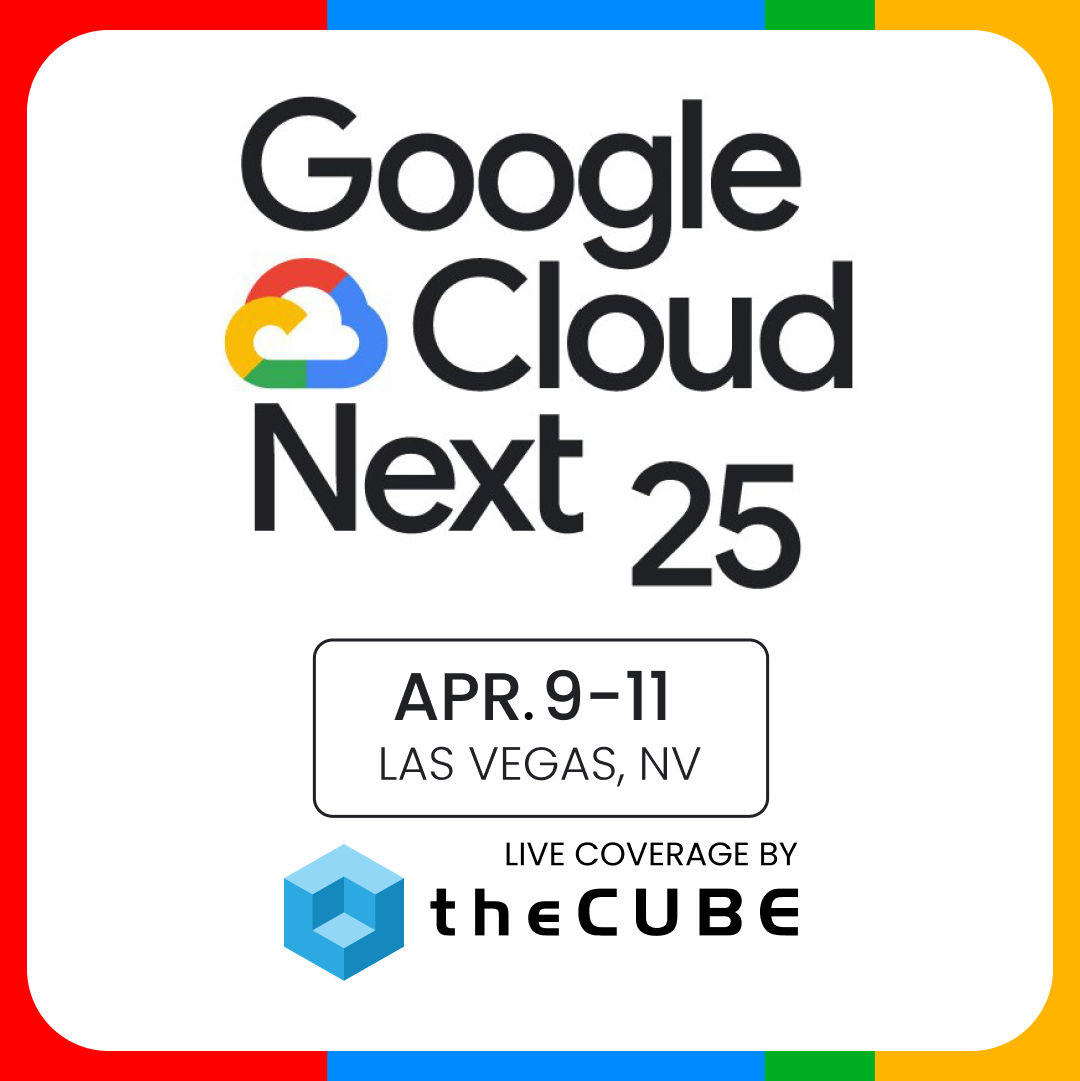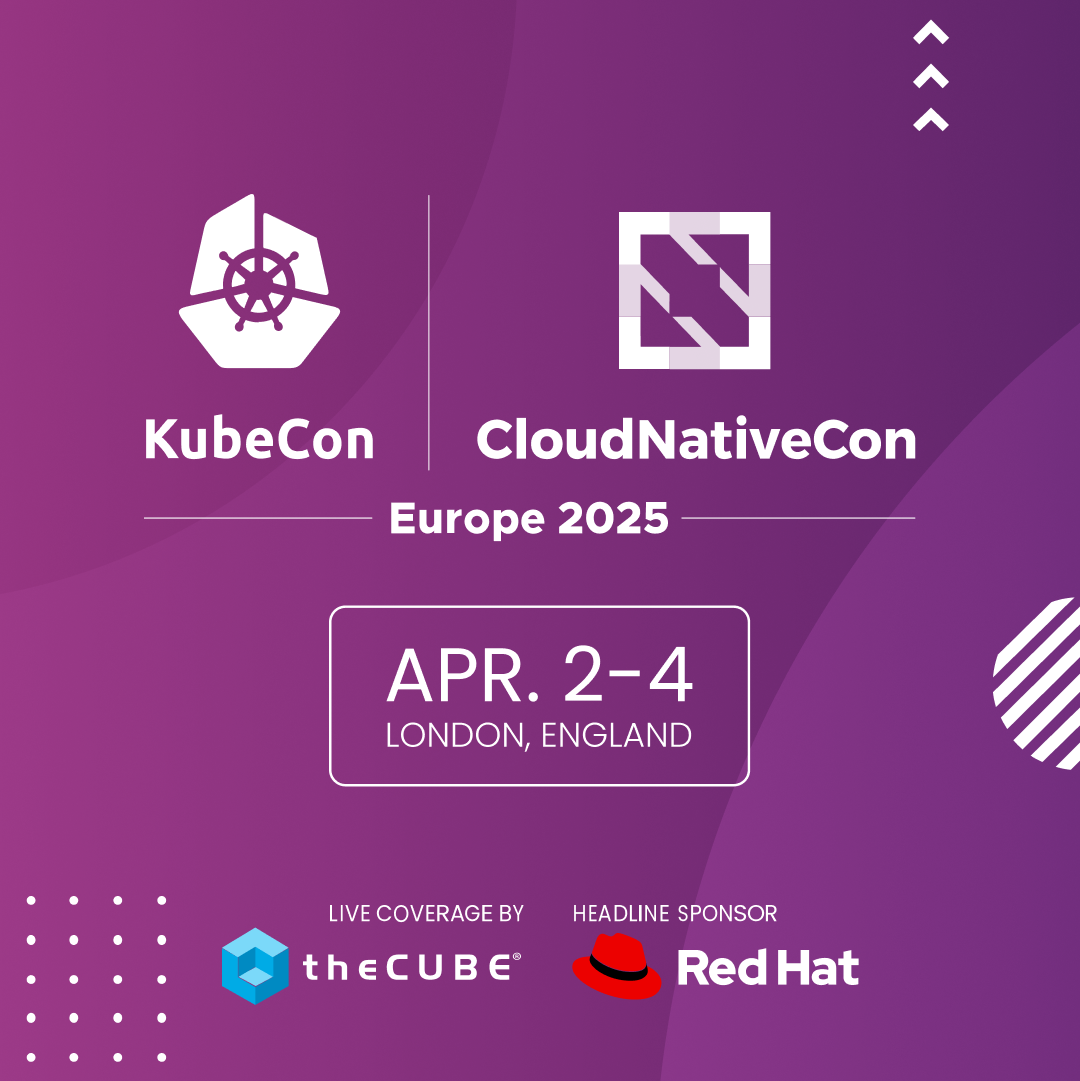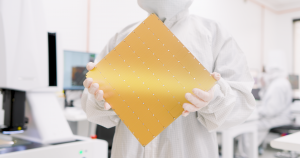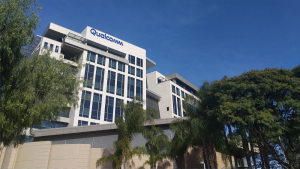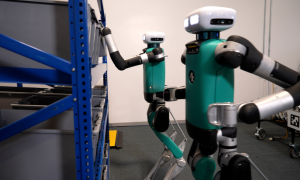How an SRA International app is making cancer research easier | #know15
SRA International, Inc. is building an app designed to make it easier for cancer researchers to do their jobs. It supports the technical staff at the National Cancer Institute using QR codes to offer the tech support staff a tool that enables them to spend less time researching and more time providing service, according to David Lescalleet, Service Delivery Manager at SRA International. Being in the service arena has helped the Service Delivery team realize, “We’re not really supporting IT, we’re supporting cancer research.”
He and an SRA International Developer Josh Miles were the winners of the Knowledge15 Innovation of the Year Award. They sat down with John Furrier and Dave Vellante on theCUBE during the event to discuss the development, production and reception of their app.
Why the QR code is the perfect vehicle
Lescalleet said while he’d been thinking about it for a while, the idea to use an asset tag to trigger information came to him while listening to Fred Luddy’s keynote at Knowledge14. The CPO was discussing how the new release would be able to support QR codes.
The goal behind using QR codes was to bring the information to the technicians, as opposed to making them go to the information. Miles explained that the NCI had a massive, college-like campus, with “a lot of techs that were coming in and out” and a “tech rotation in various buildings we support.” QR codes are perfect because “they can be put anywhere,” Lescalleet said. Furthermore, Miles said, QR codes “put that information in [tech’s] hands immediately.”
This is important, Miles explained, because “if you’re walking into a lab and there’s lots of scientific equipment, often there’s a scientific and very sensitive configuration that goes with it.” When techs can get all the information they need, including vendor support info, contact numbers and ticket history, it helps to minimize “the interruption to the research that’s going on.”
The app-building process
The app spent a lot of tine “in the planning stage,” said Lescalleet, so they could build something “that was going to be permanent.” Once development started, the project was turned over to Greg Lockhart. It was Lockhart that brought in Miles to write the code.
“The initial prototype took about a week to put together,” said Miles. Then, “the ideas snowballed from there,” he said. They added more functionality over about a month. “Reception has been overwhelmingly positive.”
In fact, the app has sparked interest for a variety of uses outside of medical and research, including “data centers, LAN closets, even biographies for VIPs or VIScientists to showcase why they’re working on,” Miles said.
Because it’s “already had an enormous impact on the tech support day-to-day,” both Miles and Lescalleet believe the app will continue to grow.
Watch the full interview below, and be sure to check out more of SiliconANGLE and theCUBE’s coverage of ServiceNow Knowledge 15.
A message from John Furrier, co-founder of SiliconANGLE:
Your vote of support is important to us and it helps us keep the content FREE.
One click below supports our mission to provide free, deep, and relevant content.
Join our community on YouTube
Join the community that includes more than 15,000 #CubeAlumni experts, including Amazon.com CEO Andy Jassy, Dell Technologies founder and CEO Michael Dell, Intel CEO Pat Gelsinger, and many more luminaries and experts.
THANK YOU

